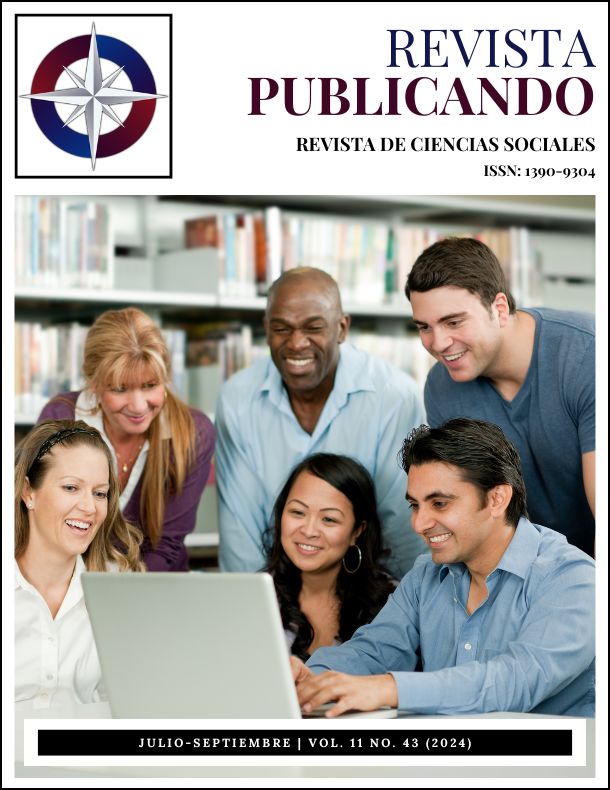Abstract
Translation practices could be characterised by some bumpy paths, challenging sections, even insurmountable obstacles, irrespective of language combination one works with. Metaphorical concepts, once found in the texts being translated, can only contribute to the complexity of the whole process. Being cautious with conveying the intended messages, hidden behind abstract language, avoiding calques, integrating culture-bound connotations, and, above all, finding the adequate counterparts in the target language/-es are common guidelines along the way. This paper aims to compare the translation practices of EFL students with those of AI-supported engines when translating English passages, brimming with idiomatic language, into Lithuanian. The decision to choose students over language professionals is based on the aspiration to – obtain an insight into their knowledge of metaphorical language and – to be able, at later stages, to introduce them, as future language teachers and translators to the practices and potential of machine translation. Strengths and weaknesses characterising both sides are discussed, accompanied with some implications pertaining to AI usage in pedagogical contexts.
References
Anglonas (n.d.). [Translation of the selected metaphorical expressions]. Retrieved May 27, 2024, from https://apps.apple.com/us/app/anglonas-the-english-lithuanian-dictionary/id381153256
Argondizzo, P. (2022). DeepL vs Google Translate vs Microsoft Translator Review: Which is Best? Argo Translation. https://www.argotrans.com/blog/deepl-vs-google-translate-vs-microsoft-translator-reviewwhich-is-best
Bahri, H., & Mahadi, T. (2016). Google Translate as a Supplementary Tool for Learning for Learning Malay: A Case Study at University Sains Malaysia. Advances in Language and Literary Studies, 7(3), 161-167. Doi:10.7575/aiac.alls.v.7n.3p.161
Briggs, Neil. (2018). Neural Machine Translation Tools in the Language Learning Classroom: Students` Use, Perceptions, and Analyses. Jalt call journal, 14(1), 3–24.
Brown, P. & Levinson, S. (1987). Politeness – Some Universals in Language Usage. Cambridge University Press.
Bullock, B. (Ed.) (2012). Linguistic Code-Switching. Cambridge University Press.
Calvo-Ferrer, J. R. (2023). Can you tell the difference? A study of human vs machine-translated subtitles. Perspectives, 1–18. https://doi.org/10.1080/0907676X.2023.2268149
Clifford, J., Merschel, L., & Reisinger, D. (2013). Meeting the Challenges of Machine Translation. The Language Educator, 8, 44–47.
Crystal, D. (2009). English as a Global Language. Cambridge University Press.
DeepL. (n.d.). [Translation of the selected metaphorical expressions]. Retrieved May 27, 2024, from https://www.deepl.com/en/translator
Donaldson R. & Haggstrom M. (2009). Changing Language Education Through CALL. Routledge.
Ebbert-Hübner, C. & Maas, C. (2017). Can Translation Improve EFL Students’ Grammatical Accuracy? International Journal of English Language & Translation Studies, 5(4), 191–202.
Fiederer, R. & O’Brien, S. (2009). Quality and Machine Translation: A realistic objective? The Journal of Specialized Translation, 11, 52-74. https://jostrans.org/issue11/art_fiederer_obrien.php
Gass, S. & Selinker, L. (Eds.) (1993). Language Transfer in Language Learning. John Benjamins Publishing.
Hutchins, W.J. (1995). Machine Translation – a brief history. In E.F.K. Koerner & R.E. Asher (Eds.), Concise History of the Language Sciences: from the Sumerians to the Cognitivists (pp. 431-445). Pergamon Press.
Koehn, P. (2010). Statistical Machine Translation. Cambridge University Press.
Koehn, P. (2020). Neural Machine Translation. Cambridge University Press.
Lakoff, G. & Johnson, M. (2003). Metaphors We Live by. University of Chicago Press.
Moorkens, J. (2022). Ethics and machine translation. In D. Kenny (ed.), Machine Translation for Everyone: Empowering users in the age of artificial intelligence, Translation and Multilingual Natural Language Processing (121–140). Language Science Press.
Muftah, M. (2022). Machine VS Human Translation: A New Reality or a Threat to Professional Arabic-English Translators. PSU Research Review. https://doi.org/10.1108/PRP-02-2022-0024
Okpor, M.D. (2014). Machine Translation Approaches: Issues and Challenges. IJCSI International Journal of Computer Science Issues, 11(5), 159-165.
Precup-Stiegelbauer, L. (2013). Automatic translations versus human translations in nowadays world. Procedia – Social and Behavioral Sciences, 70, 1768-1777.
Quah, C.K. (2006). Translation and Technology. Palgrave.
Santos, D. (1990). Lexical Gaps and Idioms in Machine Translation. ACL Anthology. https://aclanthology.org/C90-2057/
Vaezian, H. & Pakdaman, A. (2018). A Comparative Study of the Quality of Persian Translations by Google Translate and SDL Free Translation. Translation Studies, 15(60), 61-78.
Vieira, L.N. (2020). Machine Translation in the News: A framing analysis of the written press. Translation Spaces, 9(1), 98–122.
White, K. & Heidrich, E. (2013). Our policies, their text: German language students’ strategies with and beliefs about web-based machine translation. Die Unterrichtpraxis 46(2), 230-250.
Wong, T.S. & Lee, J. (2016). Corpus-based Learning of Cantonese for Mandarin Speakers. ReCALL, 28(2), 187-206

This work is licensed under a Creative Commons Attribution-NonCommercial-ShareAlike 4.0 International License.
Copyright (c) 2024 Marijana Prodanovic, Asta Pukienė, Ieva Brazauskaitė-Zubavičienė




